Vicuna: An Impressive Open-Source Chatbot Matching GPT-4 with 90% ChatGPT Quality
Since the launch of Alpaca, Meta's powerful artificial intelligence language model, and the leakage of its weights, open-source models have exploded. First, we had the Alpaca mentioned above from the Stanford group, followed by Dolly from Databricks, and then a series of models from Cerebris. More recently, GPT4All from Nomec AI has been introduced. However, a new model is claiming to be as good as ChatGPT. It's called Vicuna. It is an open-source chatbot that claims to have 90% of the quality of ChatGPT. They have used a fascinating training dataset and evaluation strategy.
This article will directly compare ChatGPT and Vicuna in various tasks. As a preview, the results are impressive. So keep reading for a detailed comparison.
Vicuna's Training: A Meticulous and Perfected Approach
Vicuna, the awe-inspiring model, has emerged due to the implementation of groundbreaking training techniques and strategies. This remarkable chatbot has been meticulously crafted, harnessing the power of precise and invaluable data to achieve a quality comparable to ChatGPT's. Join us as we delve into the details of Vicuna's meticulously designed training process, carefully divided into sections to facilitate a comprehensive understanding of each vital concept.
Immersive and targeted data collection
Vicuna's training journey commences with a meticulous and deliberate selection of its dataset. Rather than relying on generic sources, the developers opted for the highly specialised SharedGPT.
SharedGPT is a treasure trove of real conversations between users and ChatGPT models, providing a unique and invaluable data resource. Vicuna seamlessly adapts to real-world user interactions by harnessing this data, as observed in ChatGPT. The research team focused on acquiring high-quality data and skillfully utilising the supplementary tools offered by SharedGPT. Leveraging the efficiency of the SharedGPT Chrome extension, they collected community-shared conversations, enriching the dataset and elevating the quality of interactions during Vicuna's training. A manageable yet substantial 70,000 conversations from SharedGPT were employed in the training process.
Advanced parameter settings and optimisations
Vicuna achieved extraordinary performance through meticulous and adaptive parameter adjustments and optimisations. With an impressive model encompassing 13 billion parameters, the magnitude of Vicuna's capabilities is undeniable. Researchers took painstaking measures to finely tune the LLaMA (Large Language Modeling Meta AI) model using the data from SharedGPT. These precise techniques have been instrumental in propelling Vicuna's performance to new heights.
Adaptation of the length of the exceptional context
One of the captivating aspects of Vicuna's training lies in its context length adaptation. By augmenting the maximum context length from 512 to 2048, developers have bestowed Vicuna with an extended reach and improved capability to handle complex, lengthier interactions. While this adjustment implies heightened GPU memory requirements, meticulous memory optimisations have been meticulously incorporated to ensure seamless and efficient model operation.
Rigorous Evaluation and Comparison of Models
Researchers conducted a comprehensive and multifaceted evaluation process to ensure that Vicuna is on par with its competitors and reference models like ChatGPT. Valuable and diverse comparisons were made among different models, including LLaMA, Alpaca, ChatGPT, and Vicuna.
Researchers employed eight distinct evaluation methodologies, covering Fermi problems, role-playing scenarios, writing tasks, coding, mathematics, and more. This diversity allowed for a precise and balanced assessment of Vicuna's performance compared to other models.
The result of this meticulous and well-executed training process is Vicuna, a great chatbot that can match up to 92% of ChatGPT's responses, according to evaluations from GPT-4. Innovative techniques and meticulous attention to detail have propelled Vicuna to the forefront of open-source chatbots, offering interaction quality comparable to market-leading language models.
Can I Use Vicuna on My Computer?
The increasing popularity of Vicuna has sparked the curiosity of many machine learning enthusiasts wondering about the feasibility of implementing this promising chatbot on their own machines. With its outstanding quality, on par with ChatGPT, it is undoubtedly a highly desired feature. However, the adequate availability for local usage still needs to be explored, creating some hesitation within the community. In the following sections, we will delve into several key aspects that will help shed light on this critical question.
Launching plan
The team of researchers behind Vicuna acknowledges the significant interest it has generated within the technology and academic community regarding its language model. They have already shared the training code, services, and evaluation on a GitHub repository, demonstrating their commitment and openness. By unveiling this first layer, they have taken a valuable step in granting the community access to these critical aspects of the project.
The missing piece in the Vicuna puzzle is the release of the model's weights. The researchers have mentioned their plans to provide a version of the delta weights based on the original LLaMA weights, but they are still working on finalising this aspect. With these essential weights, the path would be paved for interested users to implement them on their own devices.
Technical and resource considerations
When considering the integration of Vicuna into your workflow, it's essential to approach it with meticulous planning and comprehensive understanding. Vicuna's extensive scope and intricate nature require careful resource allocation in terms of hardware and time investment. For example, achieving Vicuna's peak performance often necessitates a minimum of eight A100 GPUs. However, the specific requirements may vary based on the level of customisation and individual configuration preferences.
To ensure a seamless experience, those interested in local deployment should proactively monitor the project's documentation updates and stay informed about the chatbot's release progress. Engaging with the vibrant GitHub community and the dedicated Discord server will provide invaluable insights into the latest Vicuna developments. By staying connected, enthusiasts can access the most up-to-date resources, maximise efficiency, and remain at the forefront of Vicuna-related news and advancements.
Conclusions
In conclusion, the use of Vicuna on local machines is a hot topic of debate among tech and academic enthusiasts. While the development team has shown a strong commitment to sharing key project components, the full disclosure of implementation details for local usage is yet to be determined. Those interested in this powerful chatbot should closely follow its progress, prepare for potential technical and resource challenges, and adjust expectations accordingly as Vicuna continues to evolve in the near future.
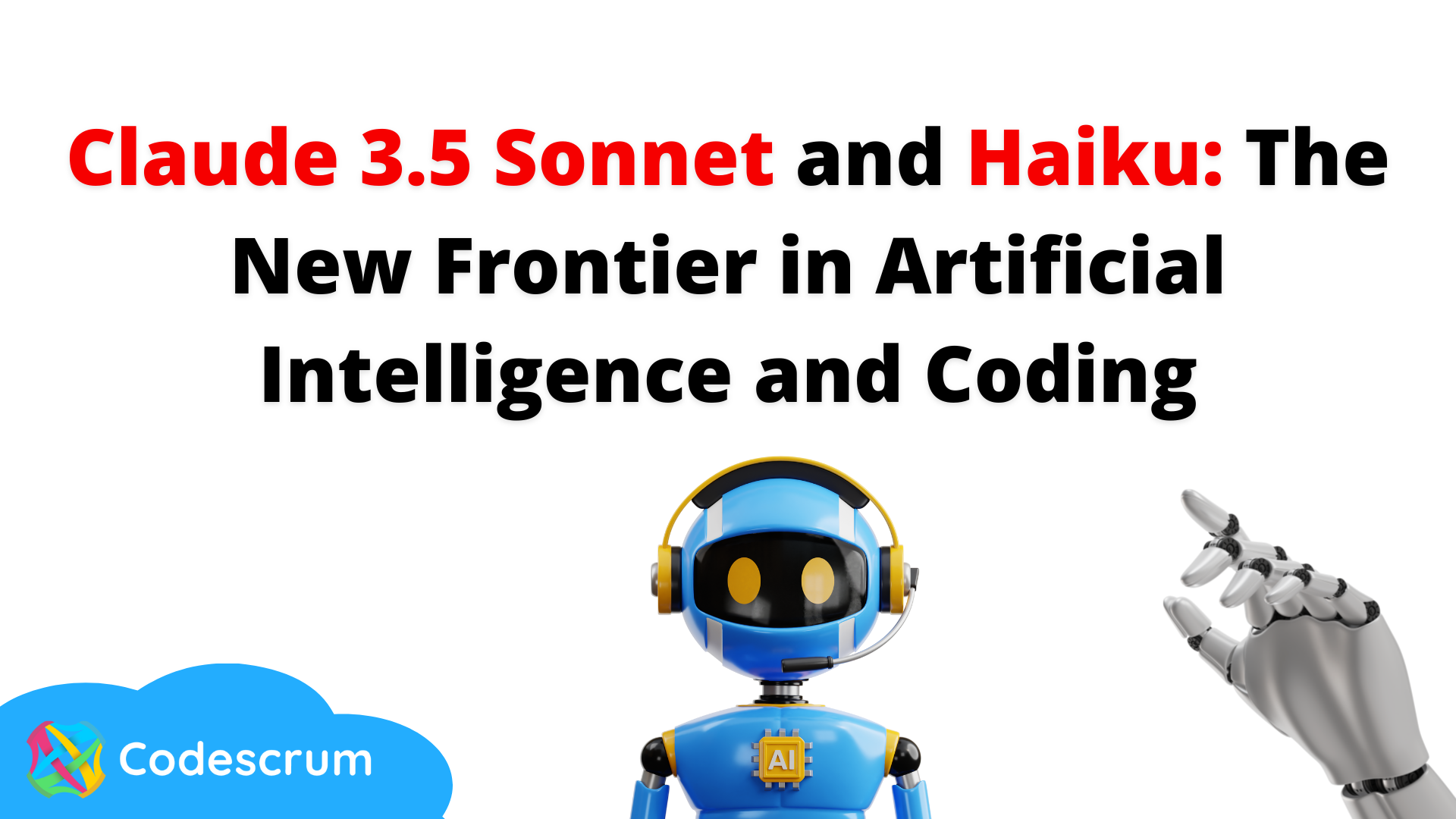

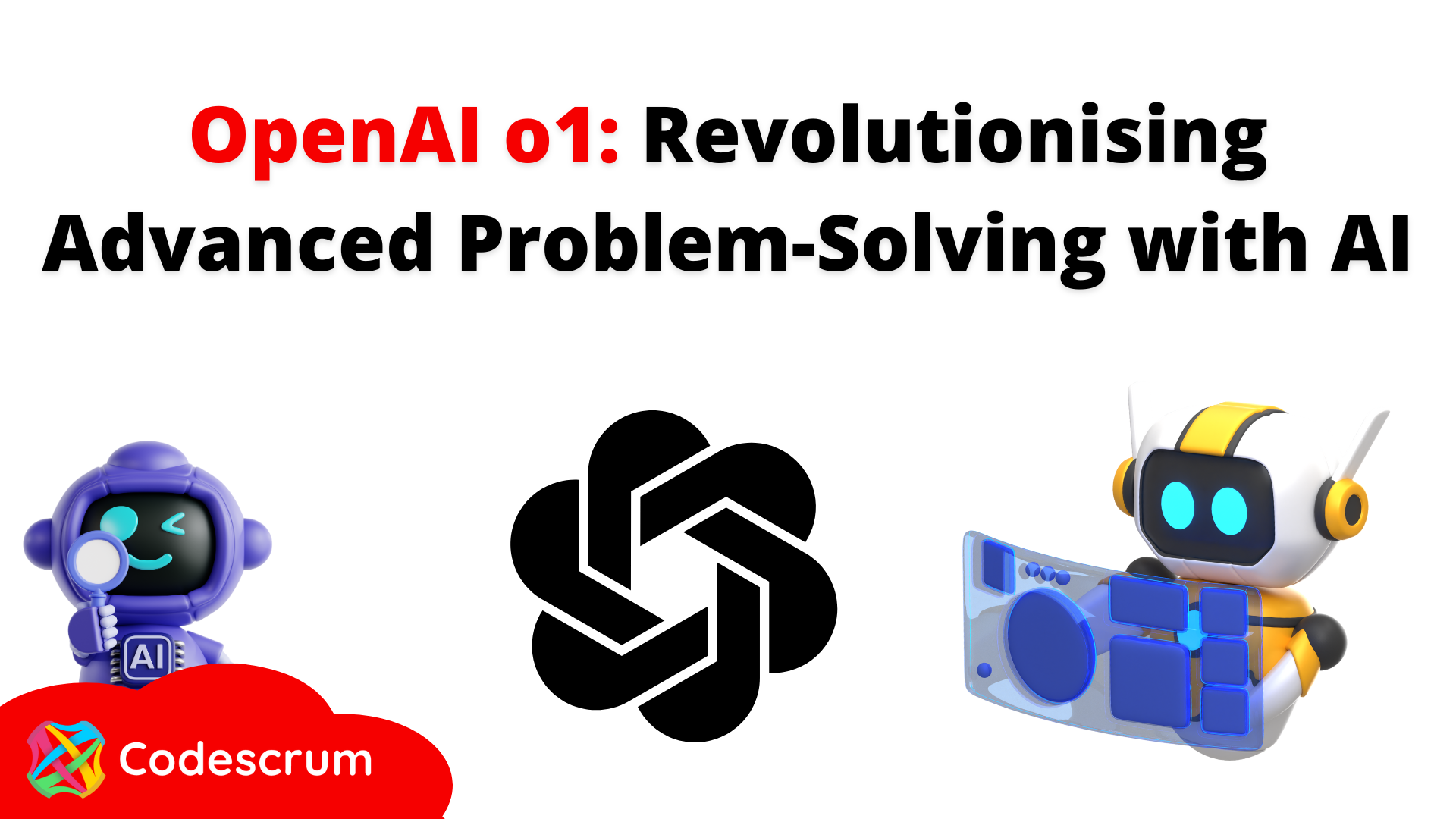
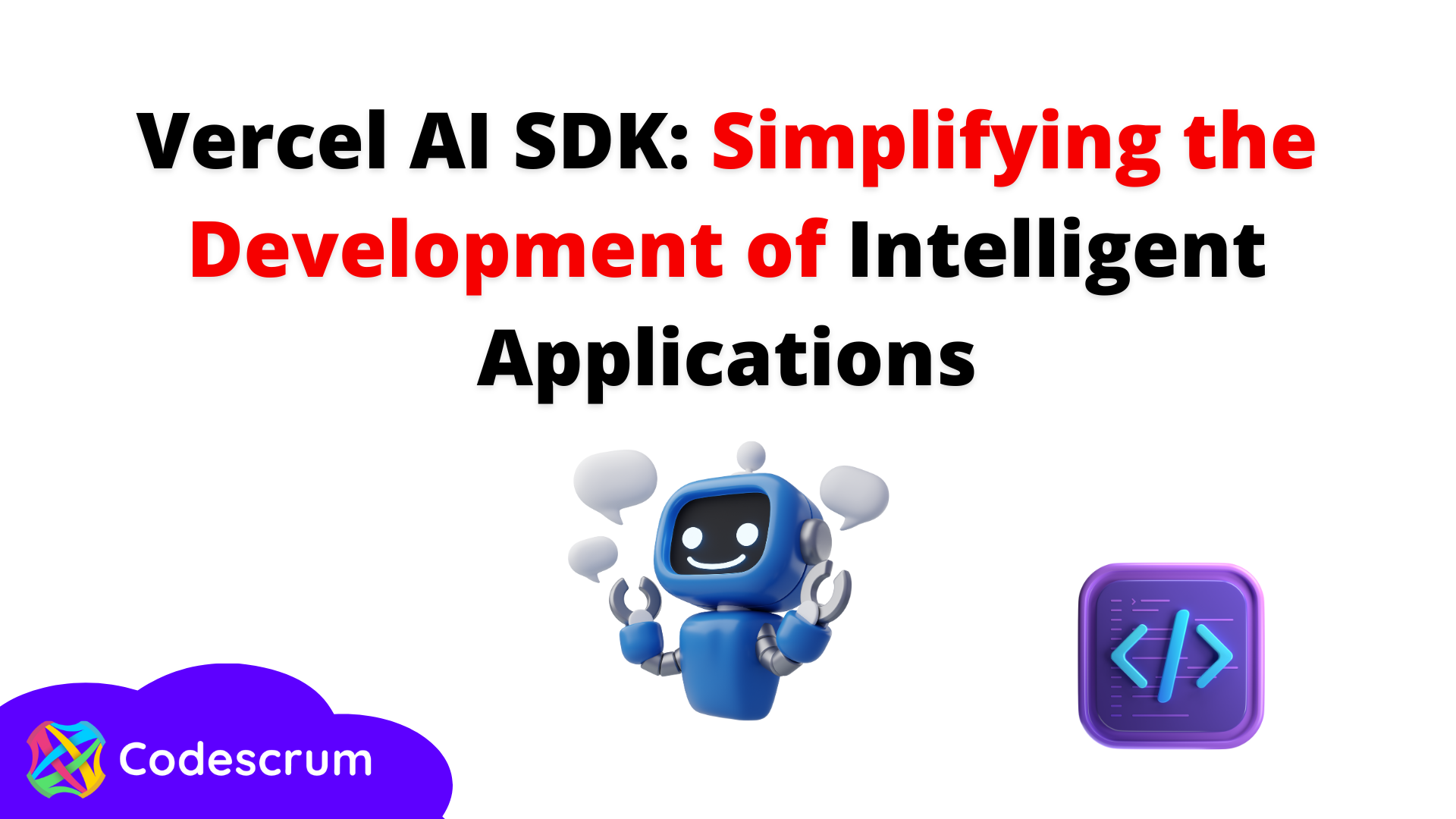

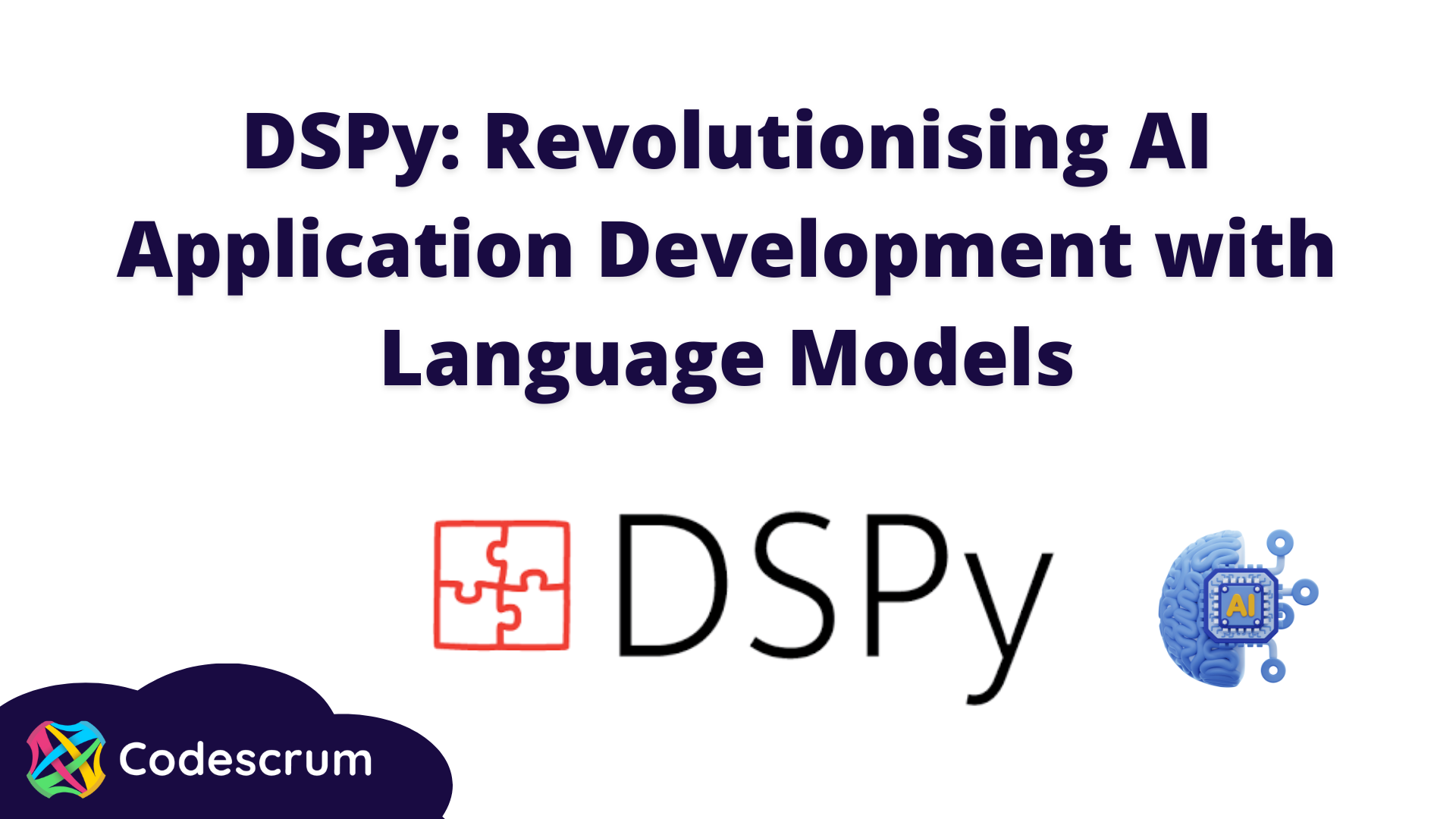
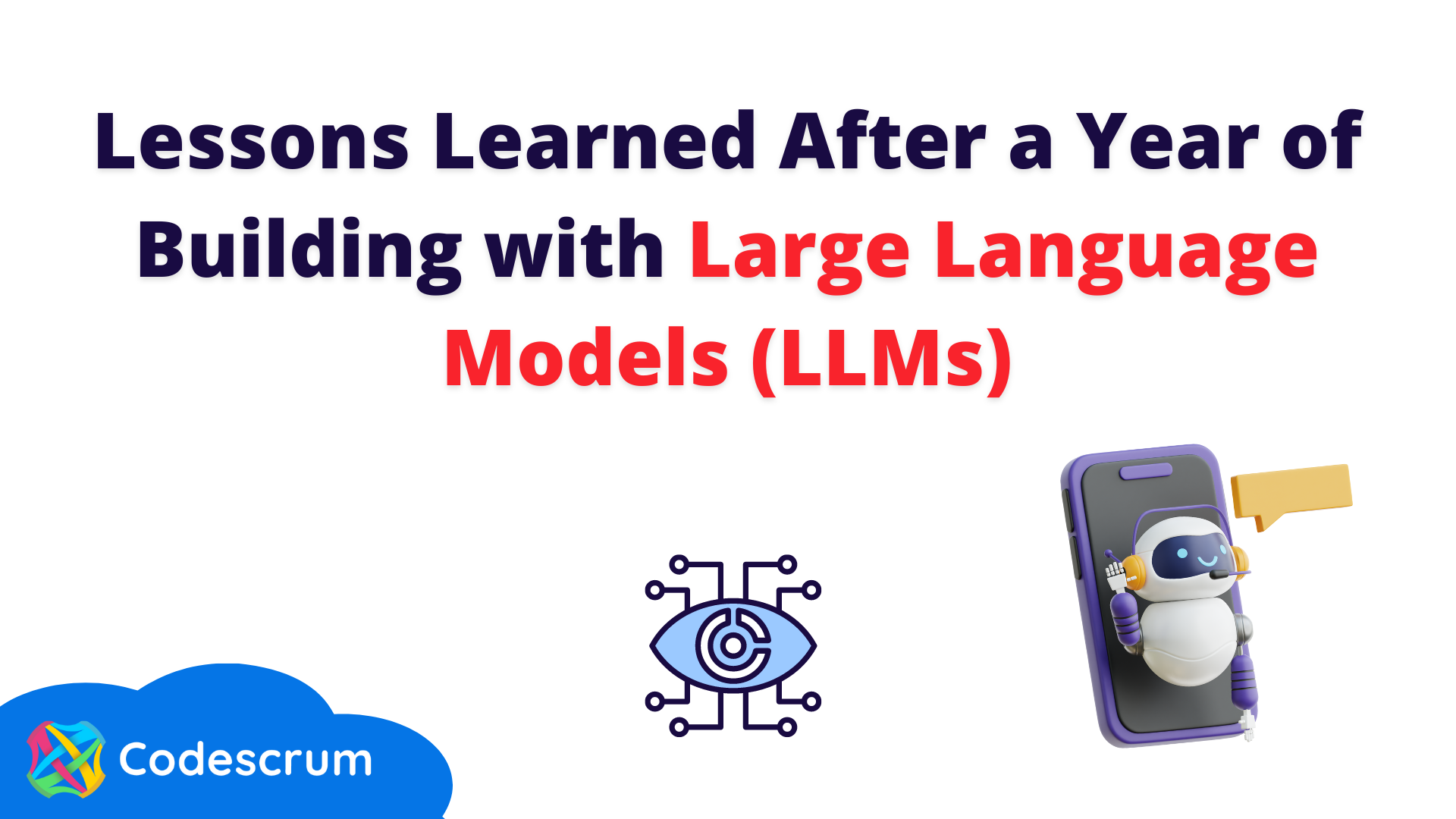

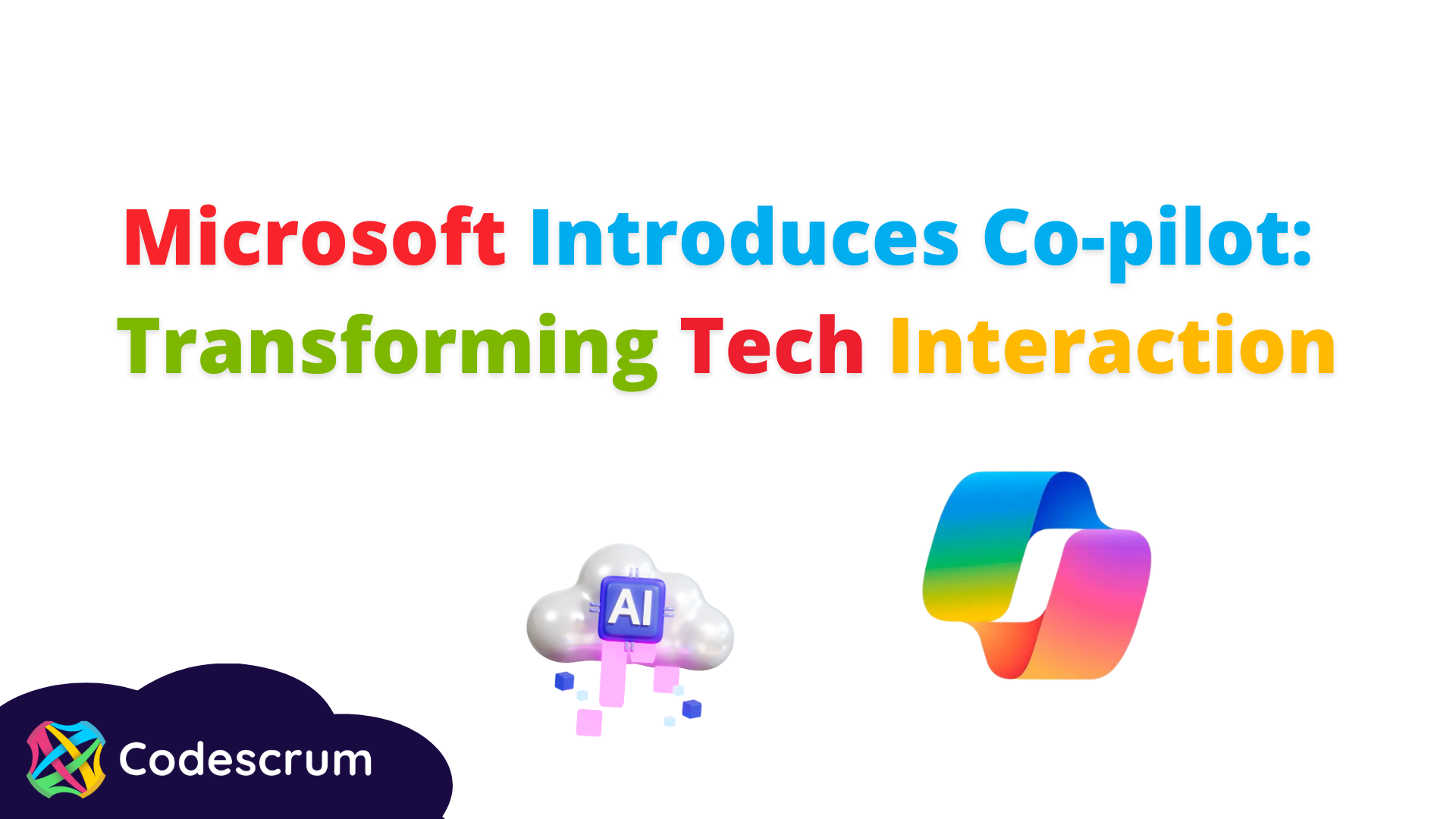
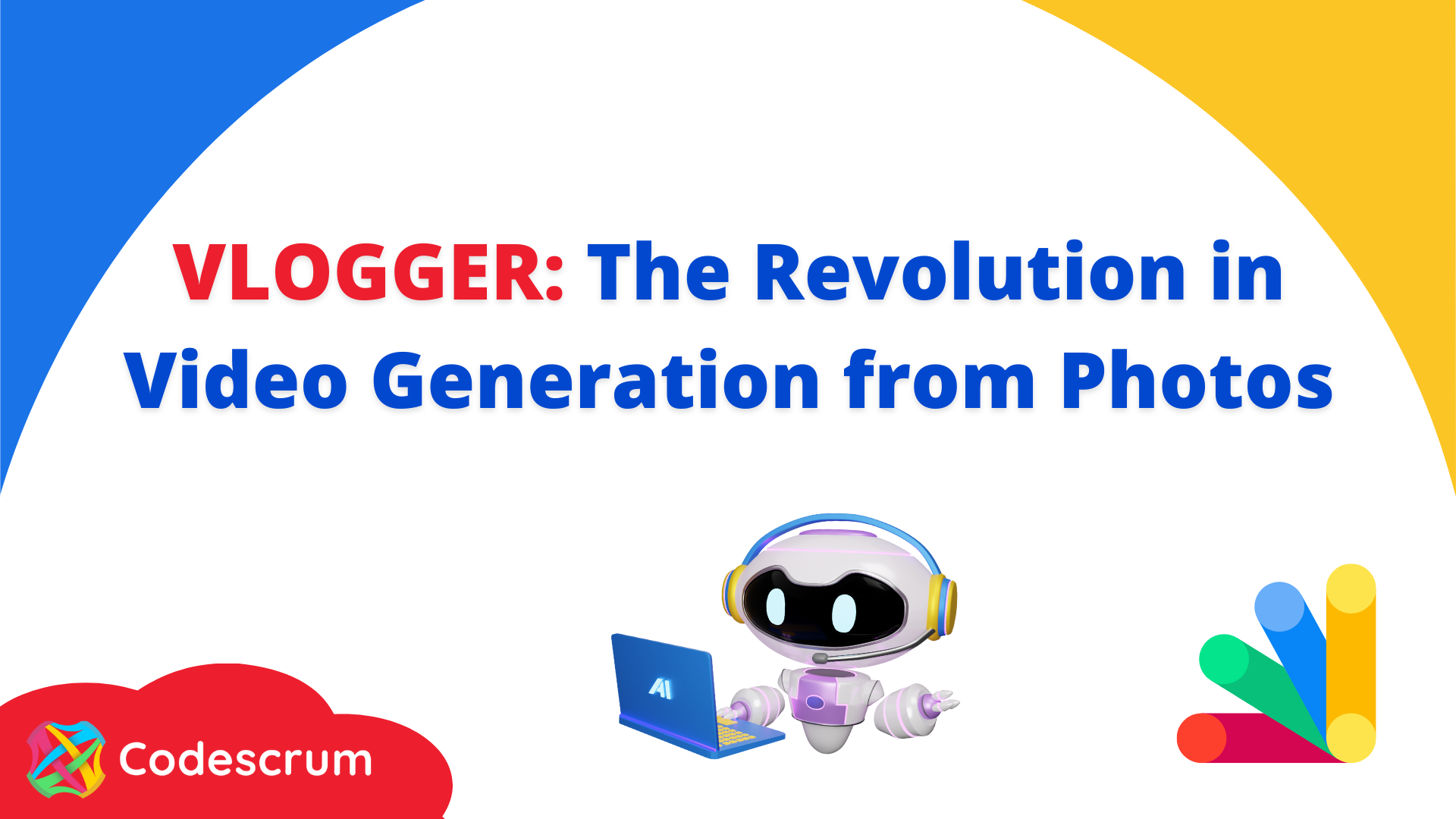
CODESCRUM

ABOUT US
EMPOWER YOUR BUSINESS THROUGH GREAT SOFTWARE SOLUTIONS
Codescrum is a team of talented people who enjoy building software that makes the unthinkable possible.
We want to work for a better world that we can help create by making software that delivers impact beyond expectations.
SERVICES
- WEB DEVELOPMENT
- MOBILE DEVELOPMENT
- AI CHAT BOT development
- consulting & advisory
CONTACT US
LONDON
ADDRESS
- KINGS PLACE, 90 YORK WAY. LONDON N1 9AG
CLOSEST TUBE STATIONS
- KING'S CROSS STATION
Ⓒ CODESCRUM LTD 2011 - PRESENT, ALL RIGHTS RESERVED


